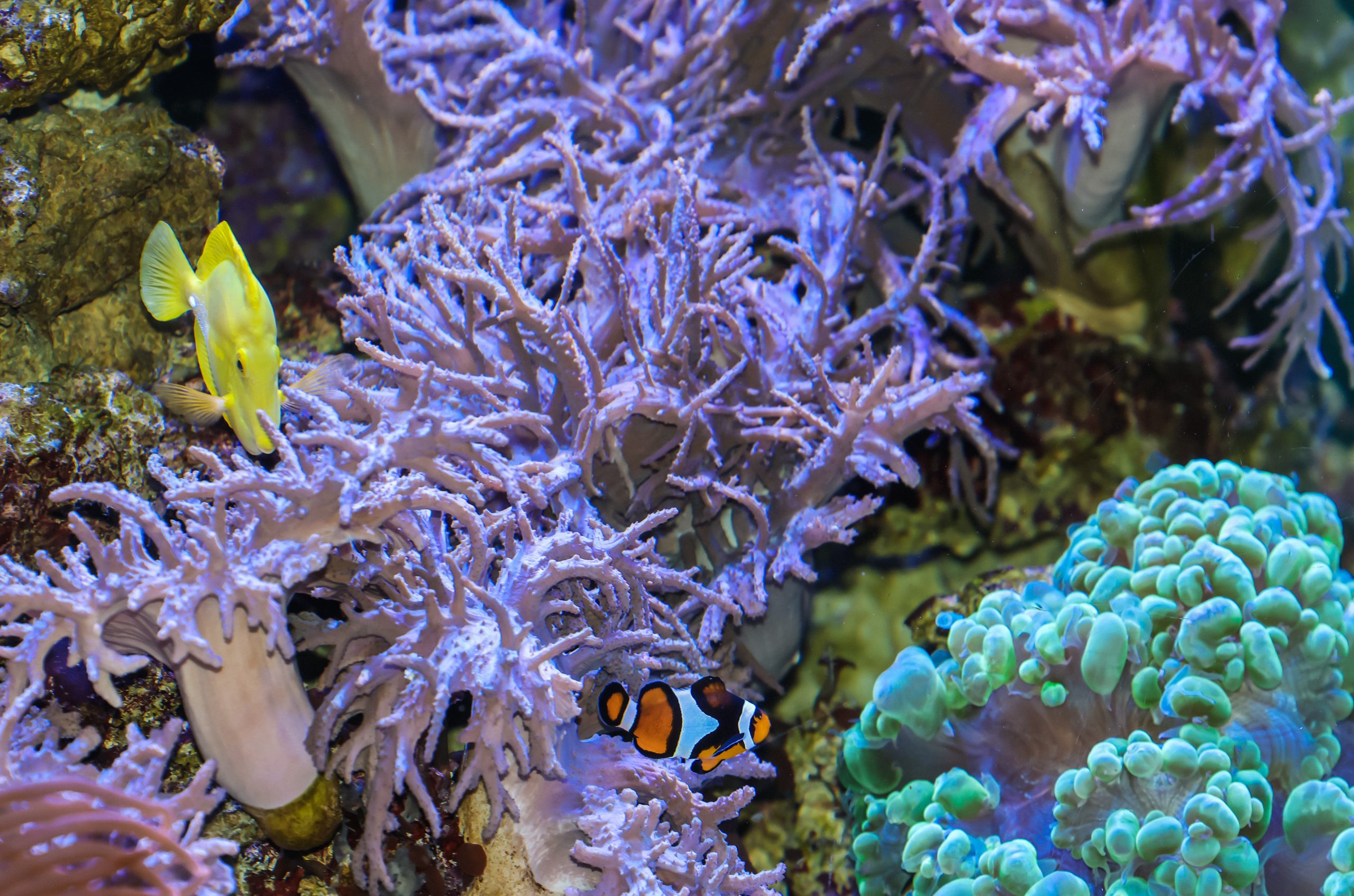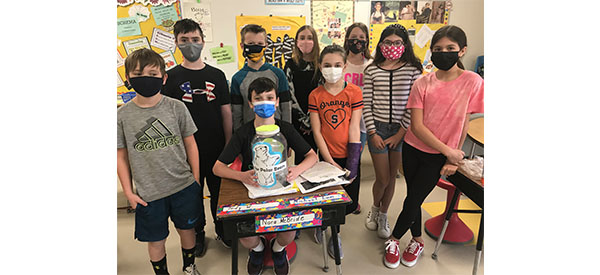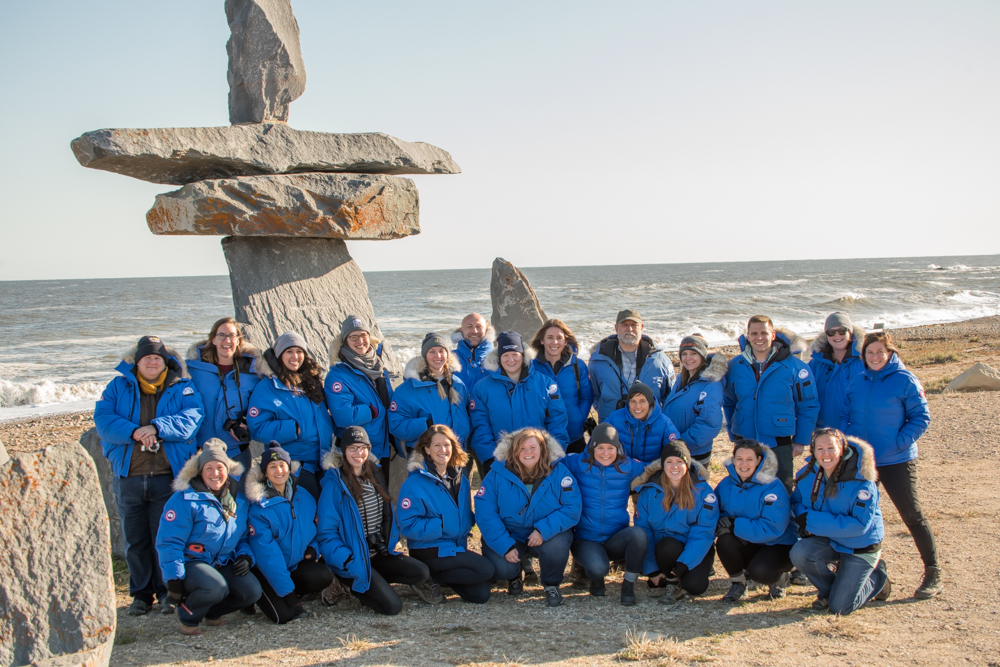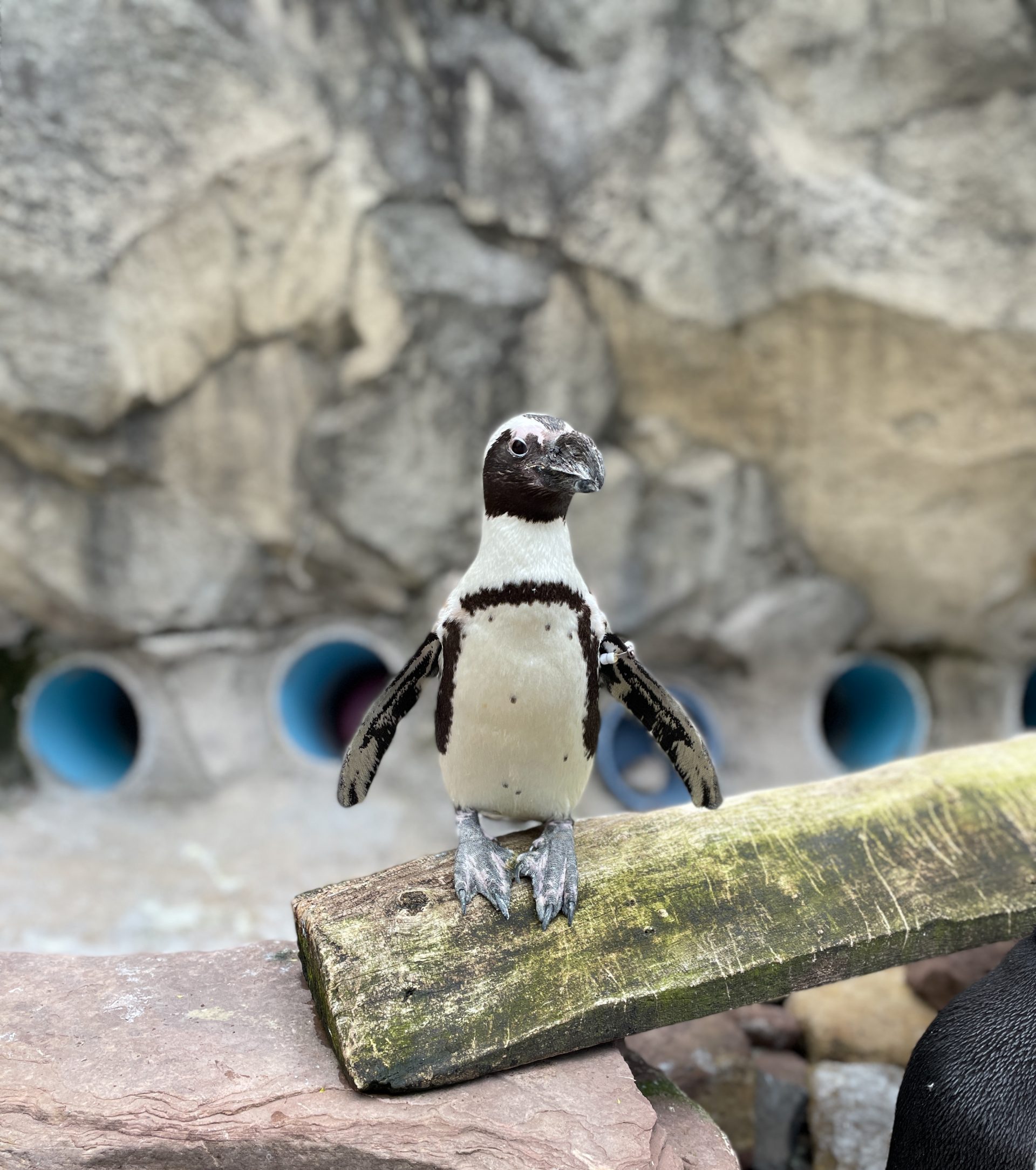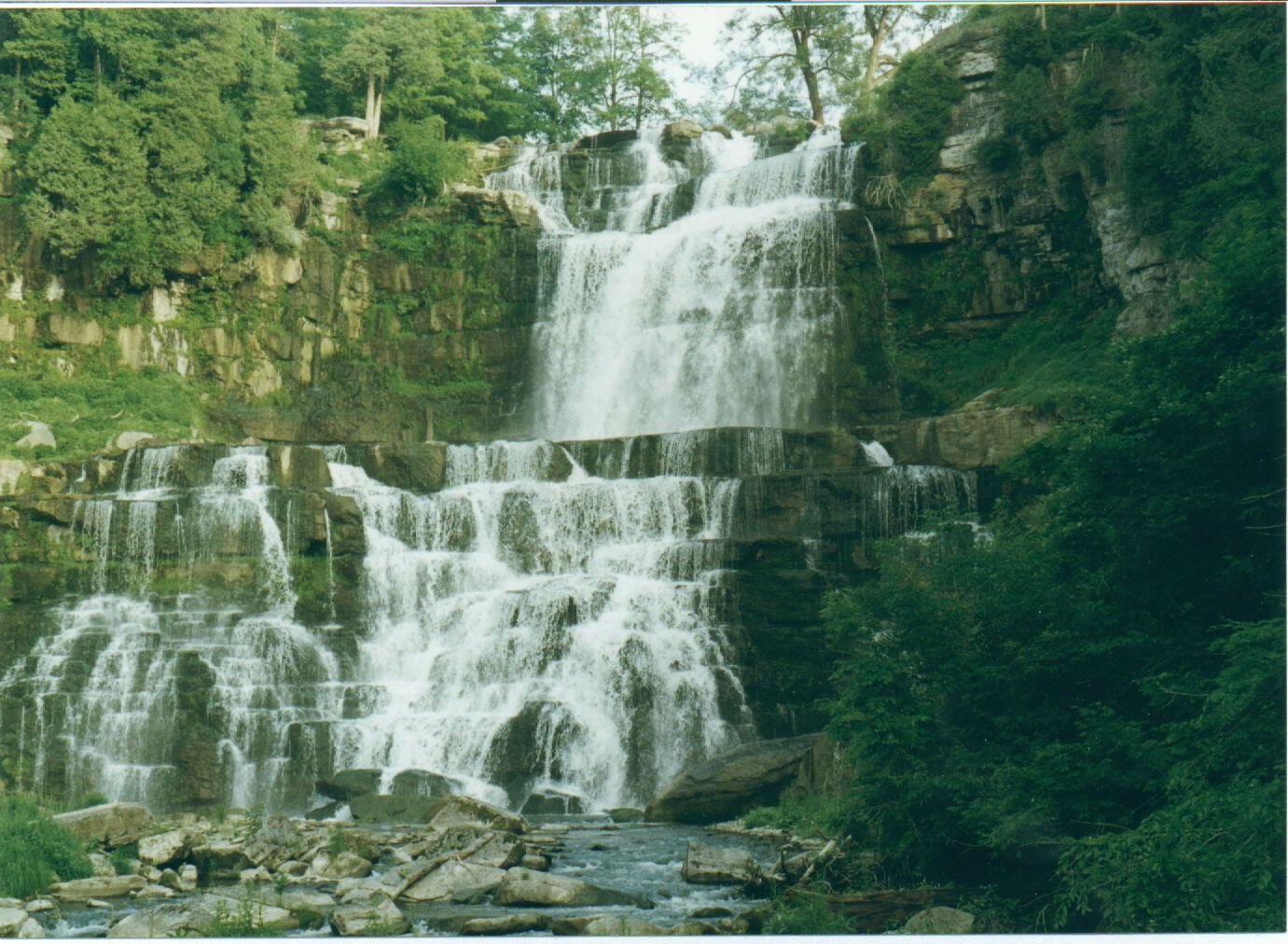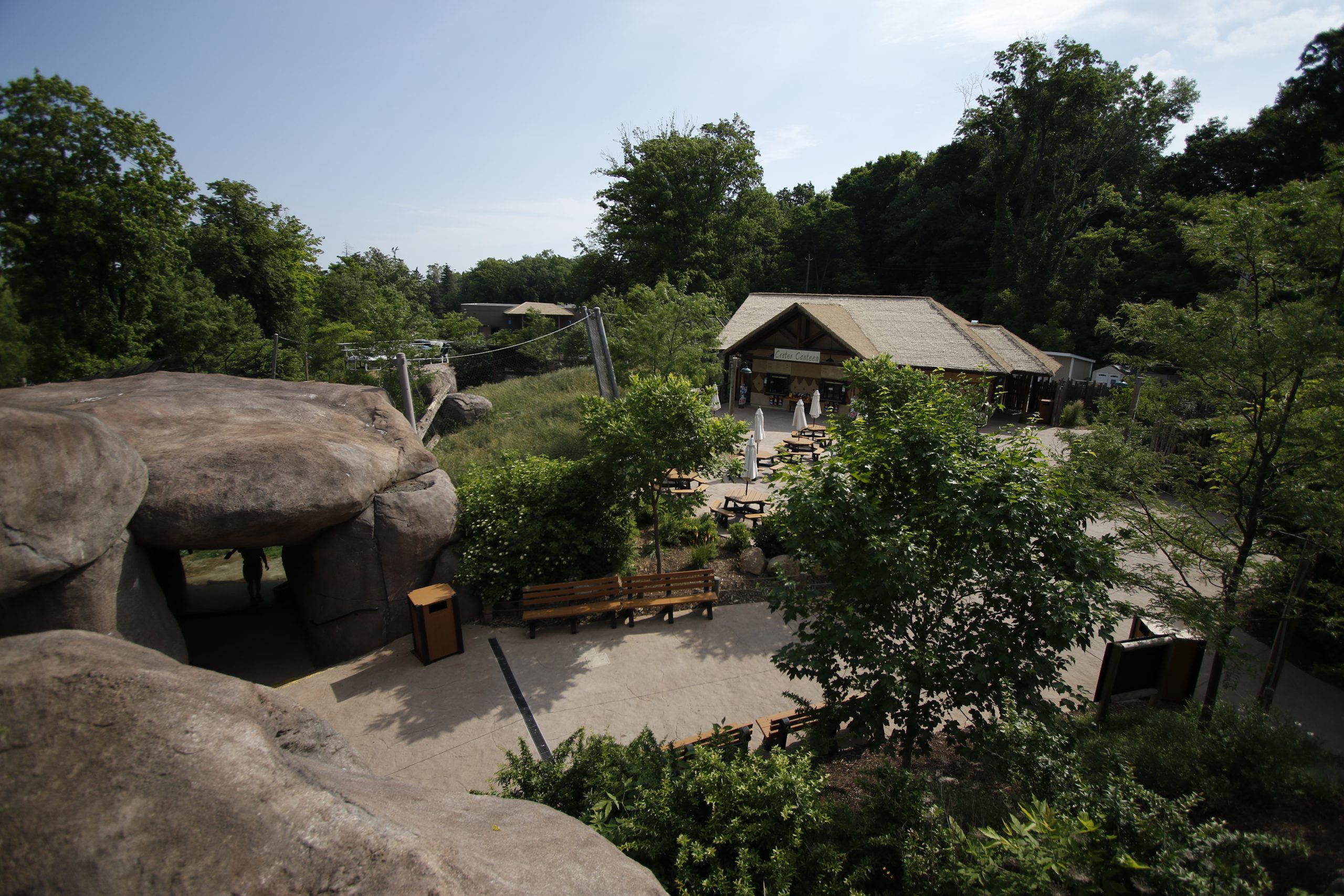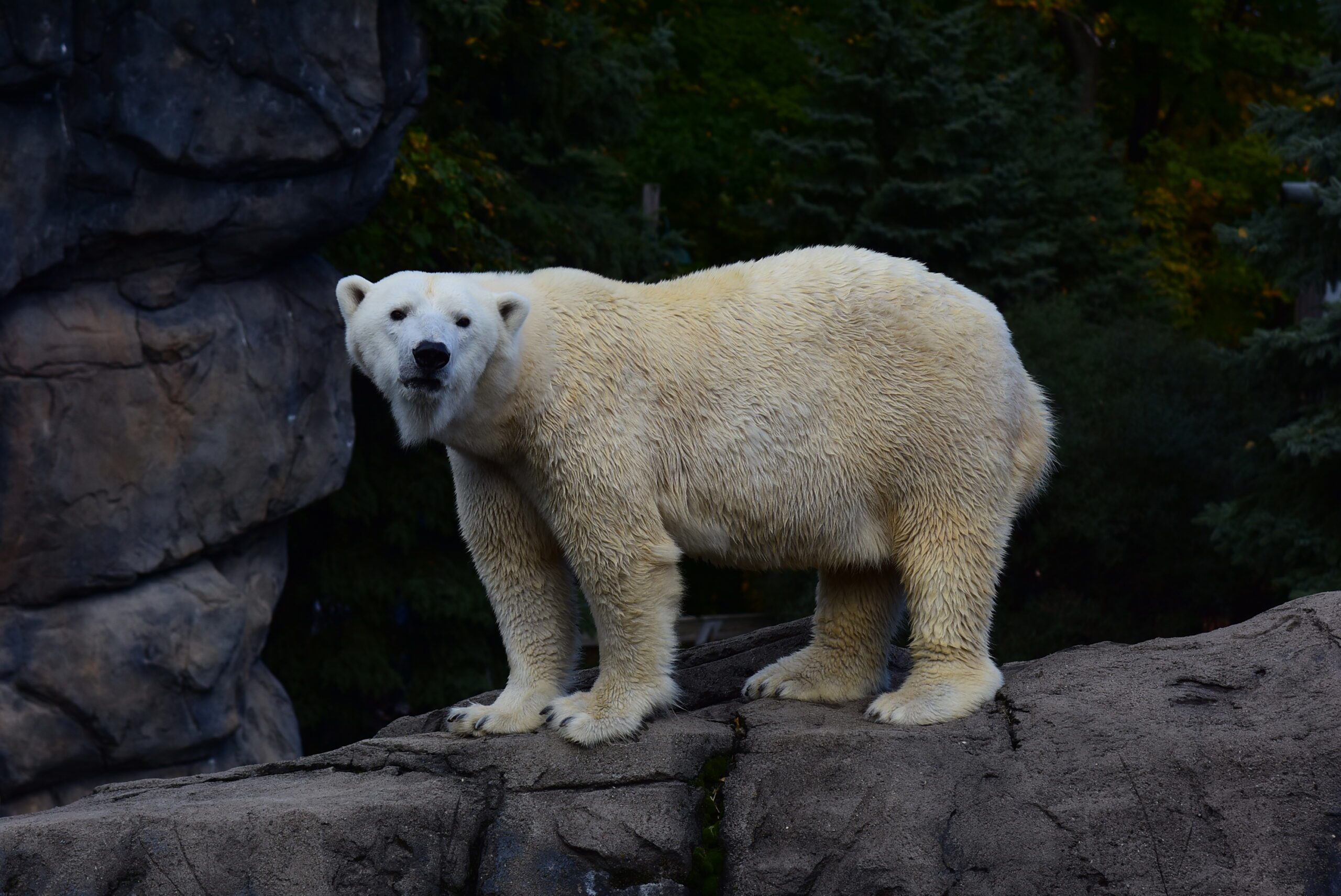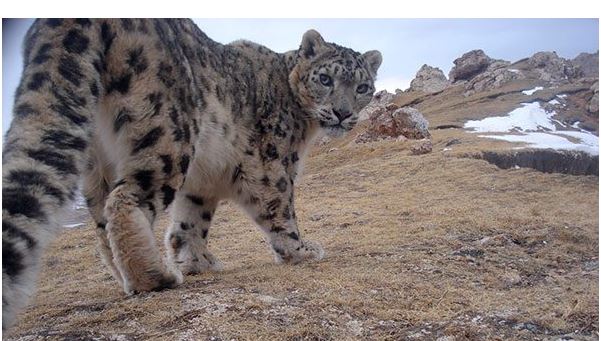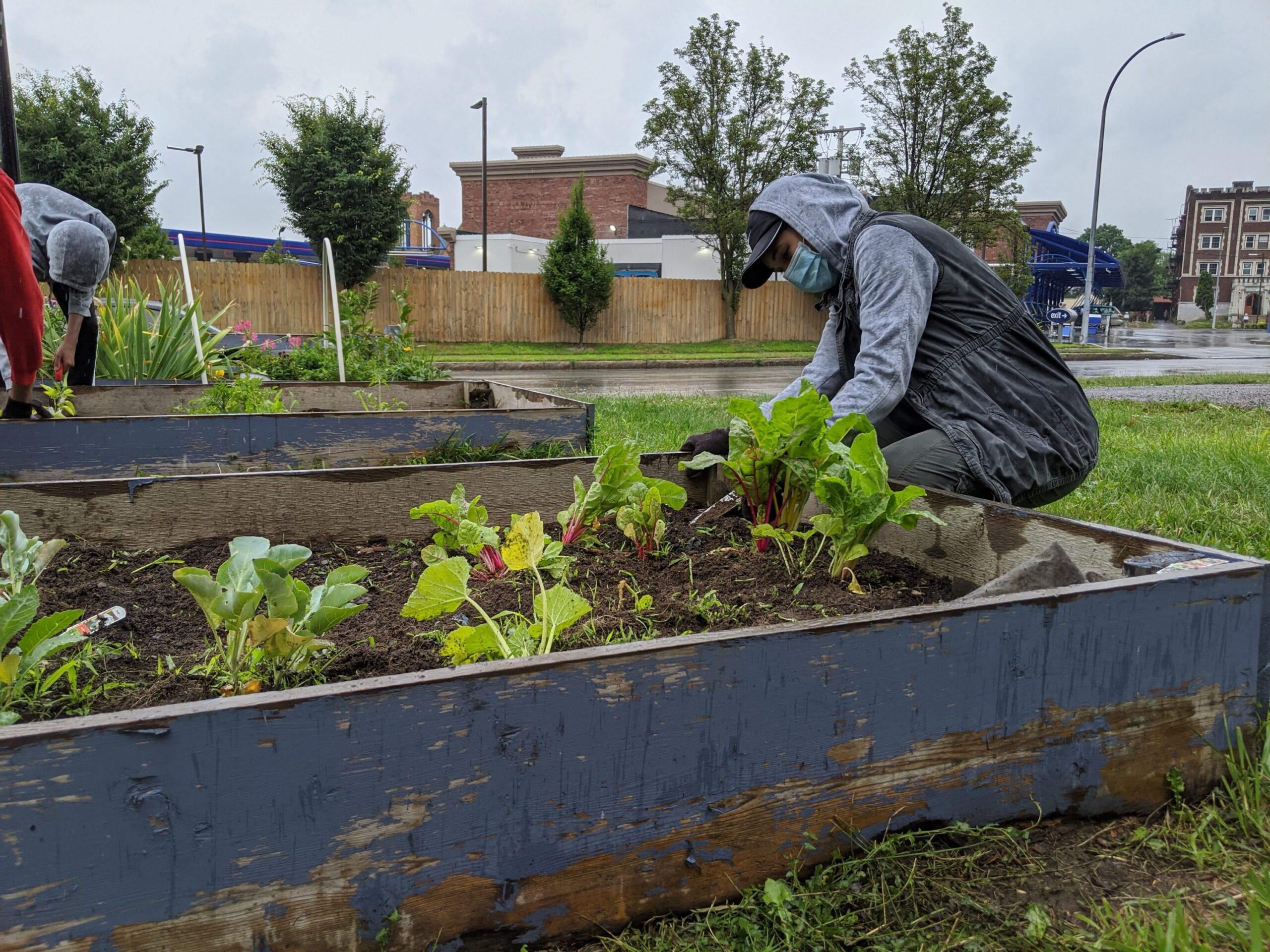June 8, 2021
In 1992, the United Nations hosted the Earth Summit. This gathering resulted in over 170 countries agreeing to two treaties for environmental diplomacy: the United Nations Framework Convention on Climate Change and the Convention of Biological Diversity. Since then, 15% of our land and 7% of our oceans have been protected. Unfortunately, our planet is facing many different threats right now. We are seeing a loss of clean air and drinking water in communities around the world. Forests around the world remove 2.6 billion tonnes of carbon dioxide every year, and when we clear forests for agriculture and urban development, we are removing these carbon sinks. We are also destroying vital habitat for species, many of whom are endangered. Climate change is causing stronger, more frequent natural disasters. There are over 200 million people around the planet who rely on the protection of coral reefs against flooding. The Campaign for Nature is committed to securing a better future for our planet, our wildlife and ourselves.The Campaign for Nature is a partnership between the Wyss Campaign for Nature, National Geographic, and over 100 conservation organizations. They are calling on civic leaders to create new policies to protect 30% of the planet by 2030. By conserving areas that are biologically diverse and represent all of the world’s different ecosystems, we can reverse the damage that has been done and help these areas recover.
It is a fact that protected areas can be restored. After wolves went extinct in Yellowstone Park, the landscape began to change because of overgrazing by elk and other herbivores. After 70 years, wolves were successfully reintroduced into the area and the habitats recovered. Elk were not avoiding the areas wolves hunted, allowing both terrestrial and aquatic habitats to recover. This is only one example of many success stories.
We can take action today to help protect our planet. You can join the call for 30×30 and let your civic leaders know you want to protect our planet by signing the petition. The UN’s Convention of Biological Diversity will be meeting in Kunming, China later this year, where there will be discussions on increasing the areas that are protected. World leaders need to work together with local governments and Indigenous Peoples to make sure that conservation practices are lining up with these protected areas. This includes providing the proper funding for management and scientific studies for these areas.In the last 50 years, we have lost over 60% of terrestrial wildlife on the planet. In the last 100 years, we have lost 90% of big ocean fish. It is not too late to protect what we still have. By being responsible with our resources and protecting biologically diverse areas, we can make a difference and ensure future generations of both people and animals have a safe, healthy world to grow up in. Join the call for 30×30 today and let your voice be heard by signing the petition!
– Randi Krieger, Zoo KeeperDonate
* Banner photo by Walter Brooks

